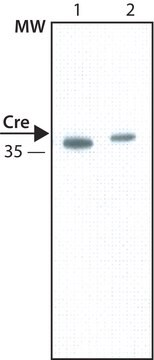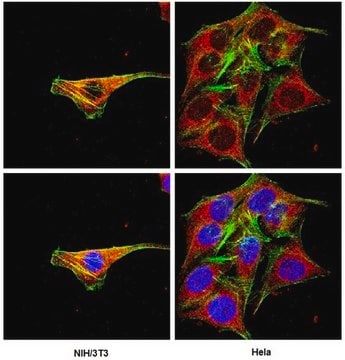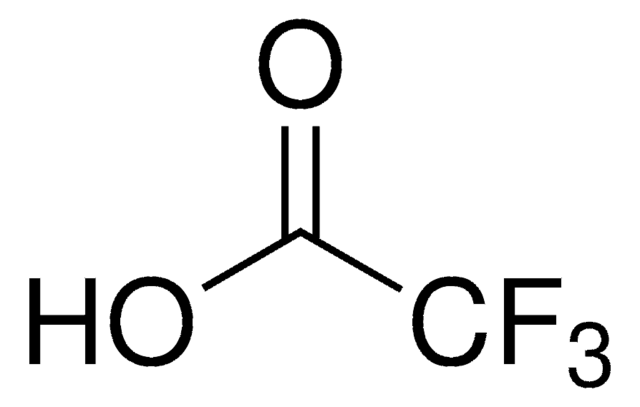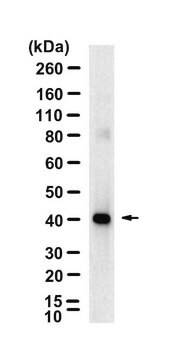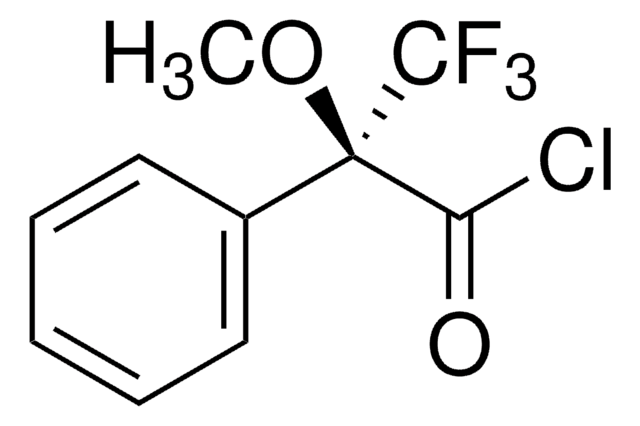69050
Anti-Cre Antibody
Novagen®
Synonyme(s) :
Cre Recombinase Antibody
About This Item
Produits recommandés
Forme d'anticorps
purified antibody
Niveau de qualité
Type de produit anticorps
primary antibodies
Fabricant/nom de marque
Novagen®
Conditions de stockage
OK to freeze
avoid repeated freeze/thaw cycles
Conditions d'expédition
wet ice
Température de stockage
−20°C
Modification post-traductionnelle de la cible
unmodified
Description générale
Evaluated by Western Blotting with Recombinant Cre-His.
Western Blotting Analysis: Representative lot data.Recombinant Cre-His loaded at 20 ng/lane (Lane 1) and 10 ng/lane (Lane 2) was probed with Cat. No. 69050-3, Anti-Cre (1:10,000 dilution). Proteins were visualized using a Donkey Anti-Rabbit secondary antibody conjugated to HRP and a chemiluminescence detection system. Arrow indicates Cre (~39 kDa).
Avertissement
Informations légales
Vous ne trouvez pas le bon produit ?
Essayez notre Outil de sélection de produits.
Code de la classe de stockage
10 - Combustible liquids
Classe de danger pour l'eau (WGK)
WGK 1
Point d'éclair (°F)
Not applicable
Point d'éclair (°C)
Not applicable
Certificats d'analyse (COA)
Recherchez un Certificats d'analyse (COA) en saisissant le numéro de lot du produit. Les numéros de lot figurent sur l'étiquette du produit après les mots "Lot" ou "Batch".
Déjà en possession de ce produit ?
Retrouvez la documentation relative aux produits que vous avez récemment achetés dans la Bibliothèque de documents.
Notre équipe de scientifiques dispose d'une expérience dans tous les secteurs de la recherche, notamment en sciences de la vie, science des matériaux, synthèse chimique, chromatographie, analyse et dans de nombreux autres domaines..
Contacter notre Service technique